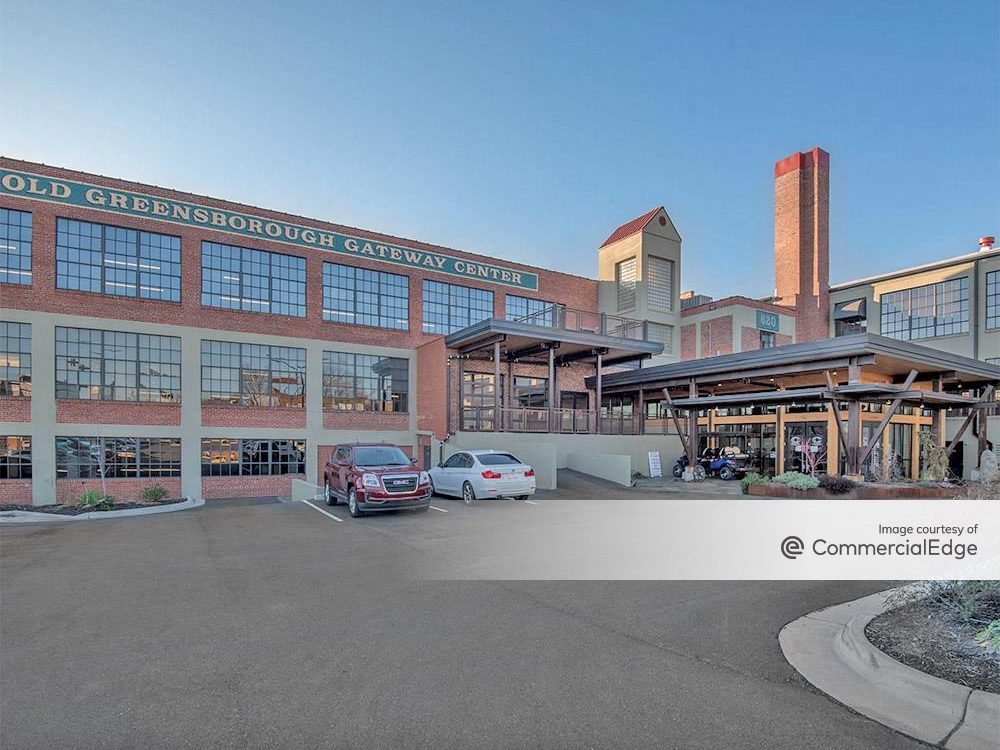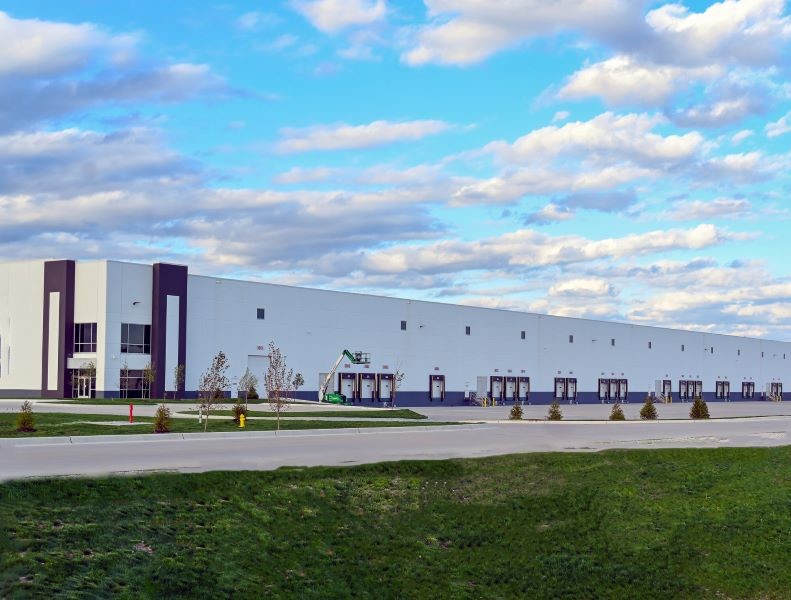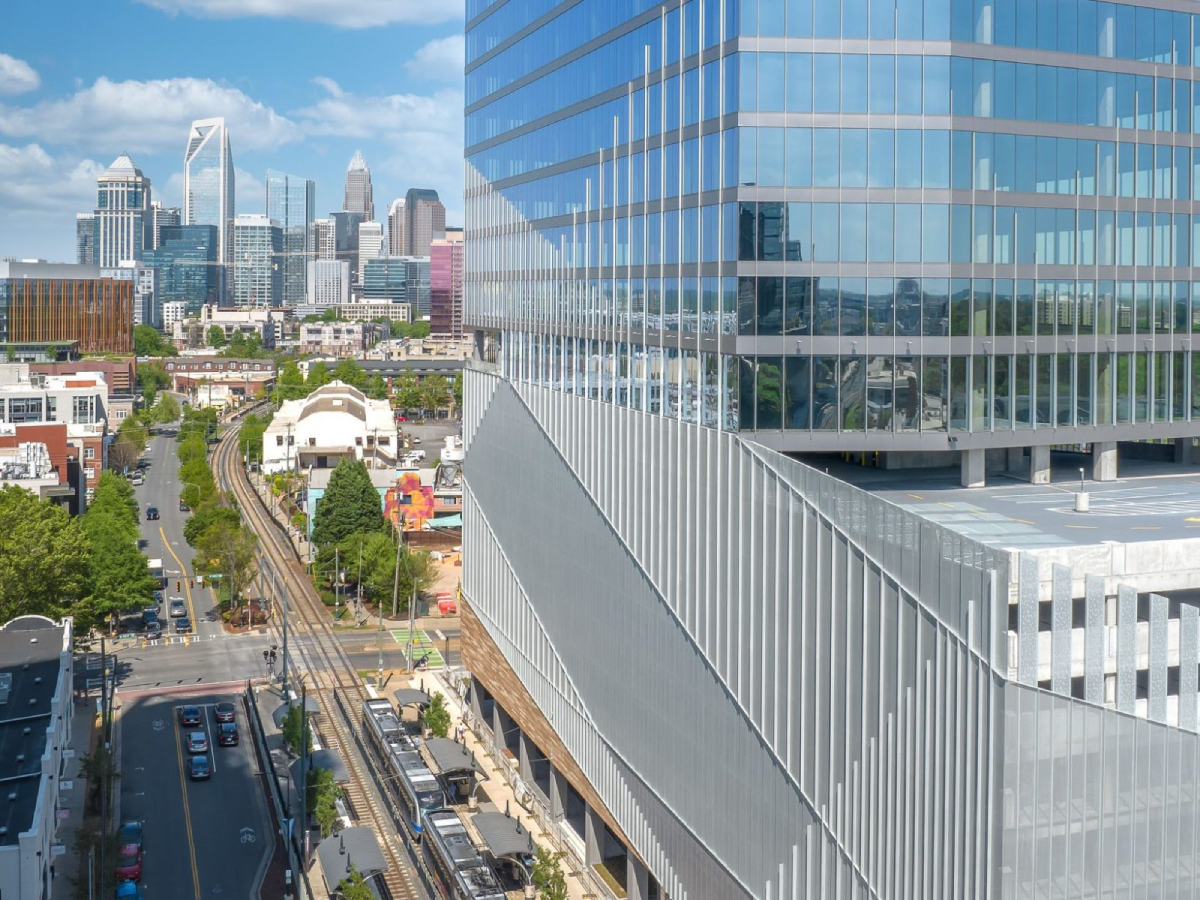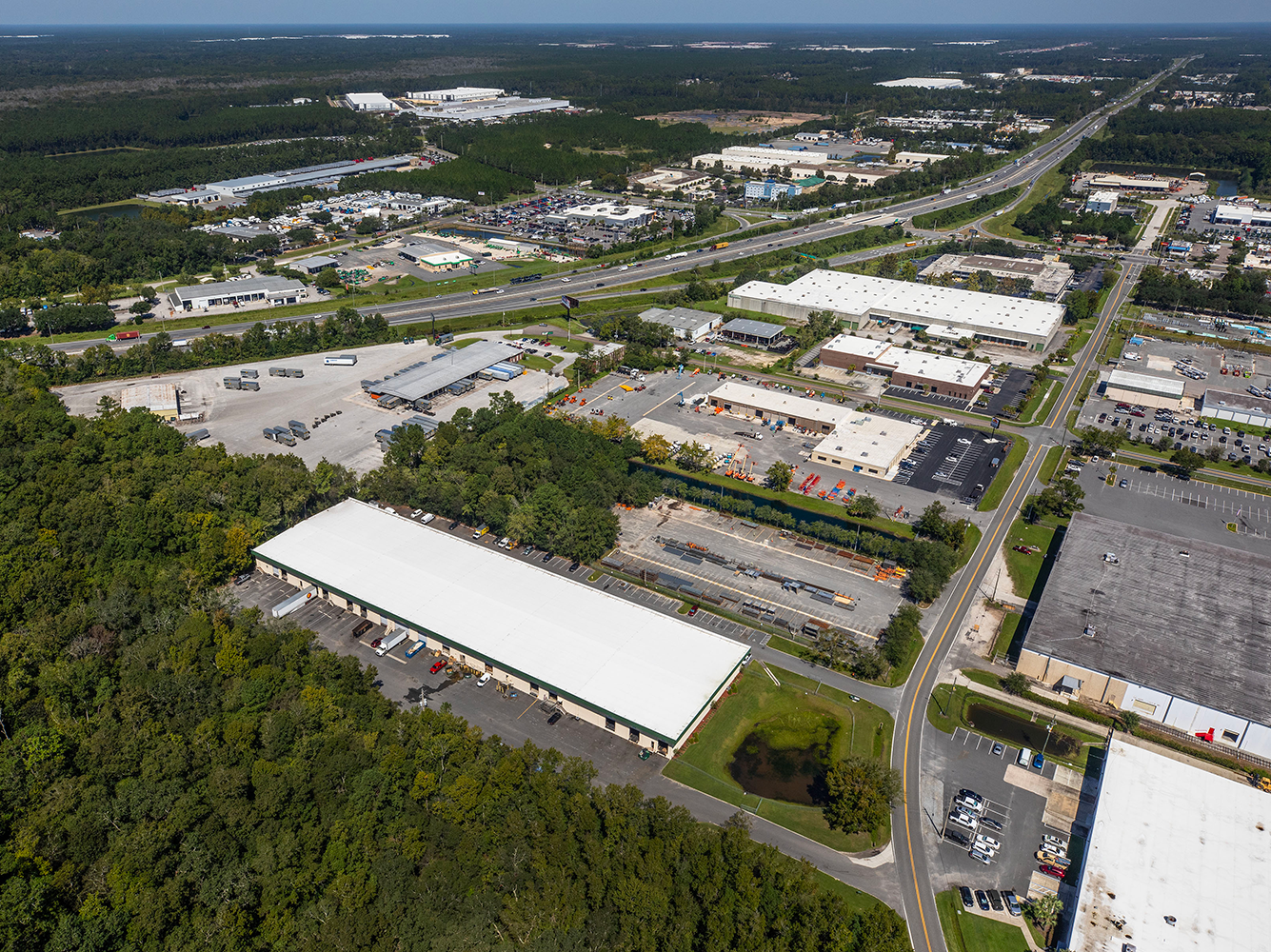Signs of Hope in Some Detroit Neighborhoods
By Veronica Grecu, Associate Editor One month after a census confirms that Detroit continues to face an exodus, the city’s population shows few signs of growth. Despite the fact that local officials are rejecting the census results, claiming that thousands of [...]
By Veronica Grecu, Associate Editor
One month after a census confirms that Detroit continues to face an exodus, the city’s population shows few signs of growth. Despite the fact that local officials are rejecting the census results, claiming that thousands of residents have not been counted, the city seems to be heading to a demographic disaster as experts are estimating losses of 100,000 to 200,000 residents. With the middle class continuing its massive exodus from the city, Detroit’s population might drop to an epic 500,000 residents within the next 10 years.
Mark Mather of the Washington D.C-based Population Reference Bureau thinks that the population decline will continue this negative trend unless the city’s economy gets a dramatic facelift and its neighborhoods are revitalized. Detroit’s officials are trying to come up with a plan to change this falling trajectory, having in mind examples such as New York City’s Borough of Brooklyn and Jersey City, N.J., which were also affected by the recession but managed to switch to a recovery track. While no official plan has been revealed yet, it seems that key to the city’s rebound are attracting more technology jobs and creating an inviting environment for the middle class. So far several corporate leaders such as software developer Compuware Corp. and Quicken Loans, an online retail mortgage lender, have agreed to move their operations to Detroit; health care giants like Henry Ford Health System, the Detroit Medical Center and Wayne State University are offering incentives to encourage their employees to move into the city.
According to Jeff Nutting, a demographer working for the Southeast Michigan Council of Governments, Detroit needs to add diversity to its housing options as well. Apart from traditional single-family homes, the residential market should consider offering affordable condos and loft conversions.
However, the population loss was not evenly spread across Detroit’s neighborhoods. A recent Detroit News analysis shows that some areas suffered dramatic declines while others enjoy economic and cultural growth. For example, Southwest Detroit has become the center of a thriving Hispanic community. Midtown offers important attractions such as the Detroit Institute of Arts, the Henry Ford Health System and Wayne State University. These institutions hope to create as many as 15,000 jobs for young, educated people by the end of 2015. This, of course, is very good news for the local residential market.






